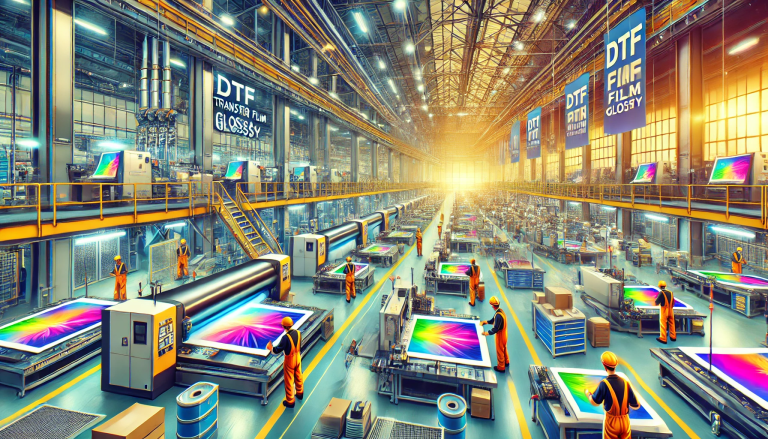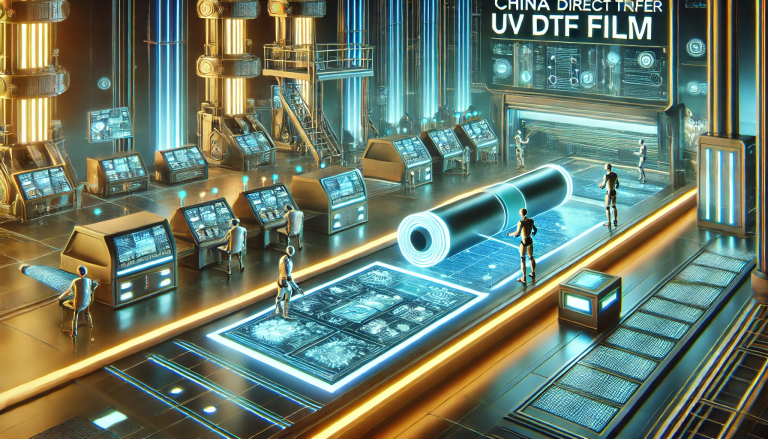“Direct to Film Printing: How to Use?” -MAXDTF- DTF Hot peel Factory, Transfer Film DTF Manufacturer, Made in China
I. Introduction
As the digital printing industry evolves, so do the methods used to bring designs to life. Among these techniques, Screen Print Transfer and Direct Film (DTF) Transfer stand out as two widely used and highly effective methods. Each with its distinct processes and benefits, they cater to different needs in the market. This essay provides an in-depth comparative analysis of Screen Print Transfer and DTF Transfer, highlighting the key differences and advantages of each.
II. Understanding Screen Print Transfer
Screen print transfer, a tried-and-true method, has been a staple in the printing industry for decades. This technique involves creating a stencil (or screen) for each color in a design and using these stencils to layer ink onto the printing surface. This method thrives on simplicity and durability. It’s particularly cost-effective for large orders with simple designs due to the economies of scale and the robust, long-lasting prints it produces.
However, screen print transfer has its limitations. The process struggles with complex, multi-colored designs since each color requires a separate screen. It’s also labor-intensive and can be costly for small orders due to the extensive setup process.
III. Understanding DTF Transfer
DTF transfer, on the other hand, is a newer player in the game. This technology involves printing a design directly onto a special film using DTF inks. The design, along with an adhesive powder applied post-printing, is then transferred onto the substrate using heat and pressure.
DTF offers several advantages. It excels in producing complex, multi-colored designs in a single pass, giving it an edge in detail and resolution. The process is less labor-intensive than screen printing, making it cost-effective for small to medium-sized orders. DTF prints also have a soft, comfortable feel, and the method is versatile enough to apply designs to a wide variety of materials.
IV. Comparative Analysis
Comparing the two, Screen Print Transfer and DTF Transfer each cater to different needs in the printing industry. For large orders with simple designs, screen printing remains a viable, cost-effective option. The durability of screen prints also makes them suitable for items that require long-lasting designs.
However, DTF transfer offers significant advantages that align with the evolving demands of the market. Its ability to handle complex, multi-colored designs with high resolution, cost-effective operation for small to medium orders, soft print feel, and material versatility all make it a compelling alternative to screen printing, particularly for customized and on-demand printing services.
V. Conclusion
In conclusion, while both Screen Print Transfer and DTF Transfer have significant roles in the printing industry, the choice between the two largely depends on the specific needs of a project. Screen Print Transfer provides durability and cost-effectiveness for large, simple design orders, while DTF Transfer offers versatility, detailed design capabilities, and efficiency for smaller, customized orders. As the industry continues to evolve and customer demands shift towards more personalized and intricate designs, DTF Transfer is well-positioned to meet these needs with its unique advantages.
VI. Summary
Screen Print Transfer and Direct Film (DTF) Transfer are two dominant methods in the printing industry. While Screen Print Transfer offers durability and cost benefits for large, simple design orders, DTF Transfer provides advantages in design complexity, efficiency, print feel, and versatility, especially for smaller, customized orders. Therefore, the choice between these methods depends on the specific requirements of a project. As customer demands trend towards personalized and intricate designs, DTF Transfer is well-poised to meet these needs effectively.




